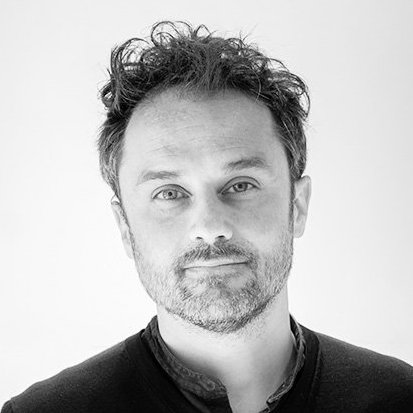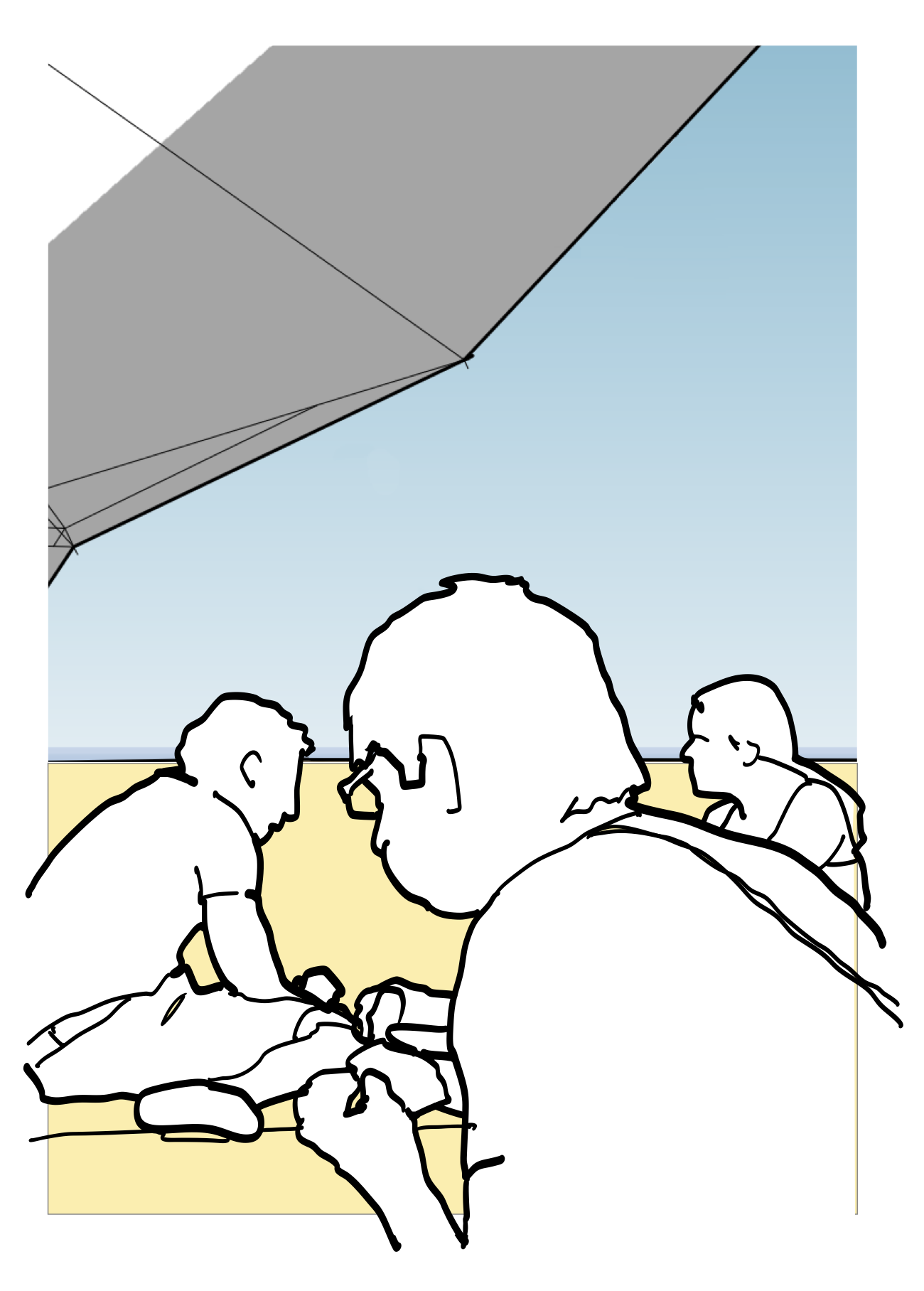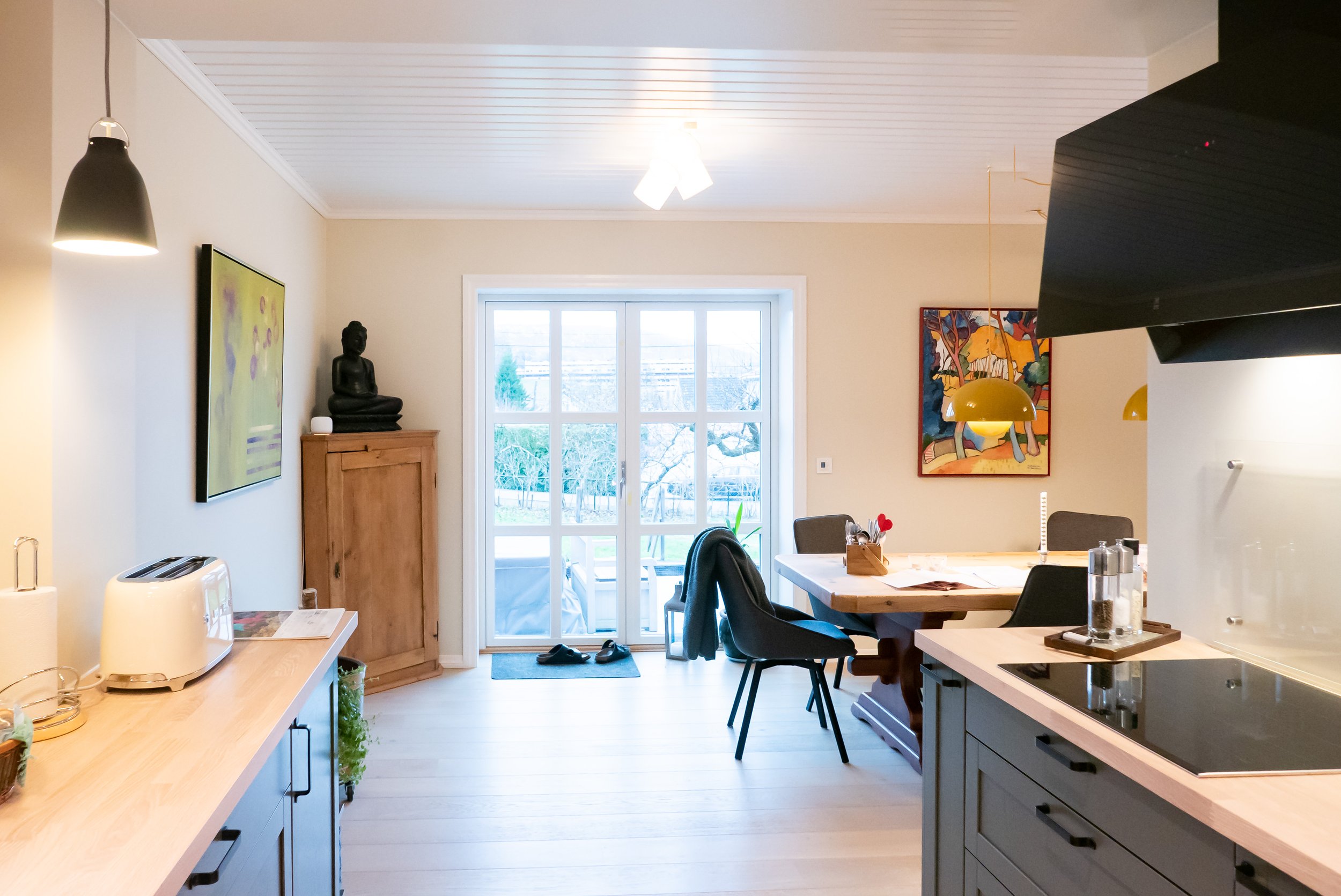To keep our photographic juices flowing, Tom and I started a photographic dialogue more than a year ago. The rule of the dialogue was simple: one at a time, we regularly post images on Flickr, responding to each other's image in some way — form, light, colour, theme, etc. Only two constraints: 1. photos must be chronological and 2. we don't discuss our photos — we just respond with another photo and never explain the response...
Thirteen months later, the photographic dialogue is taking some interesting turns...
We wanted to display this dialogue on our website, but our Content Management System (TextPattern) did not allow this straight out-of-the-box. No problem: we resorted to our proven mashing approach to web design...
Both Tom and I were already using Flickr to share our photos, so it made sense to use this existing service to manage the images and display them on our website in a dialogue format. We did this by creating a private group on Flickr to which we posted our photos, and automatically pulled these images to our website with a few lines of code, using the powerful Flickr API and the PHPFlickr library.





















































































